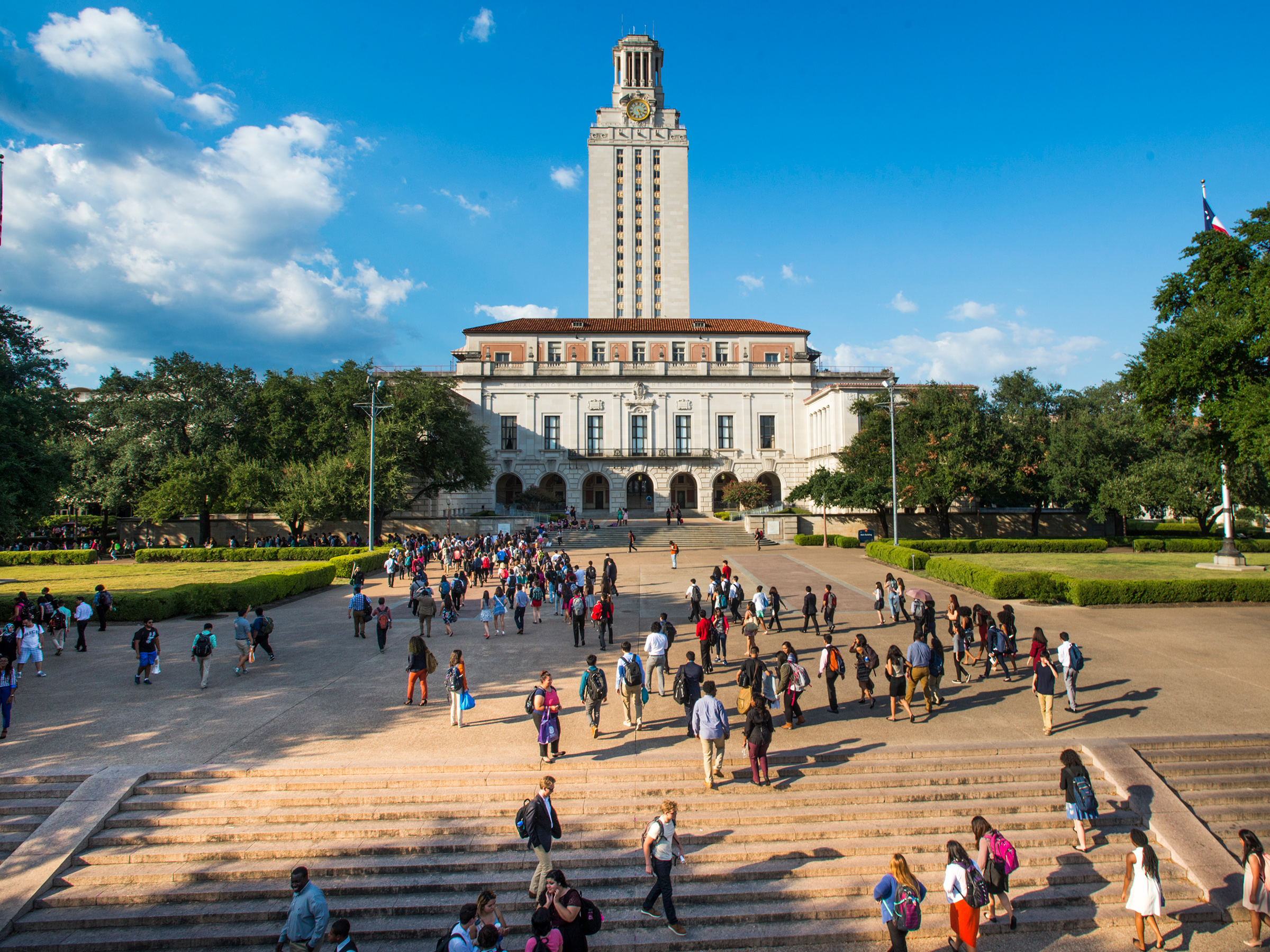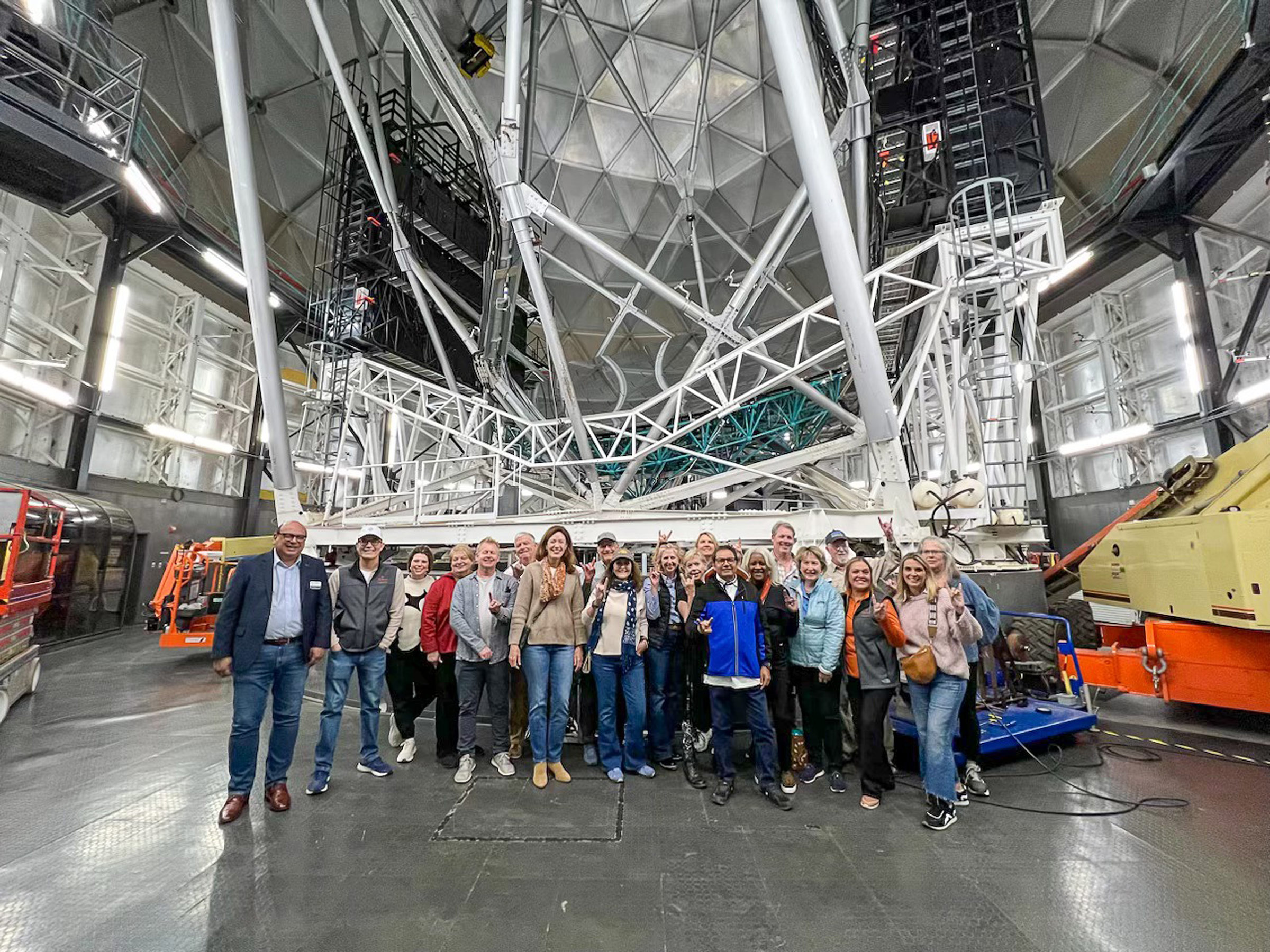
About
McDonald Observatory, located in the Davis Mountains of West Texas, offers state-of-the-art telescopes and research instruments, hosts global observatories and engages the public through educational programs.


Pioneering Research and Public Engagement
For four decades, McDonald Observatory hosted one of the first and most productive lunar ranging stations, laying the foundation for geodetic science through the McDonald Geodetic Observatory. The observatory offers a wide range of state-of-the-art instrumentation for the global research community. It is also involved in the development of the Giant Magellan Telescope, the world’s largest.
The Observatory’s Frank N. Bash Visitors Center attracts 75,000 visitors annually for Star Parties, exhibits, and teacher programs. Visit mcdonaldobservatory.org to learn more.

Mission & Leadership
Explore our vision for advancing astronomical discovery and meet the leaders guiding our journey.

Board of Visitors
Learn about the dedicated advocates shaping the future of our research and education.
Board of Visitors

Jobs
Join our team and contribute to groundbreaking advancements in astronomy.

Dark Skies
Discover our commitment to preserving the night sky for generations to come.

Support
Learn how you can support and partner with McDonald Observatory.
